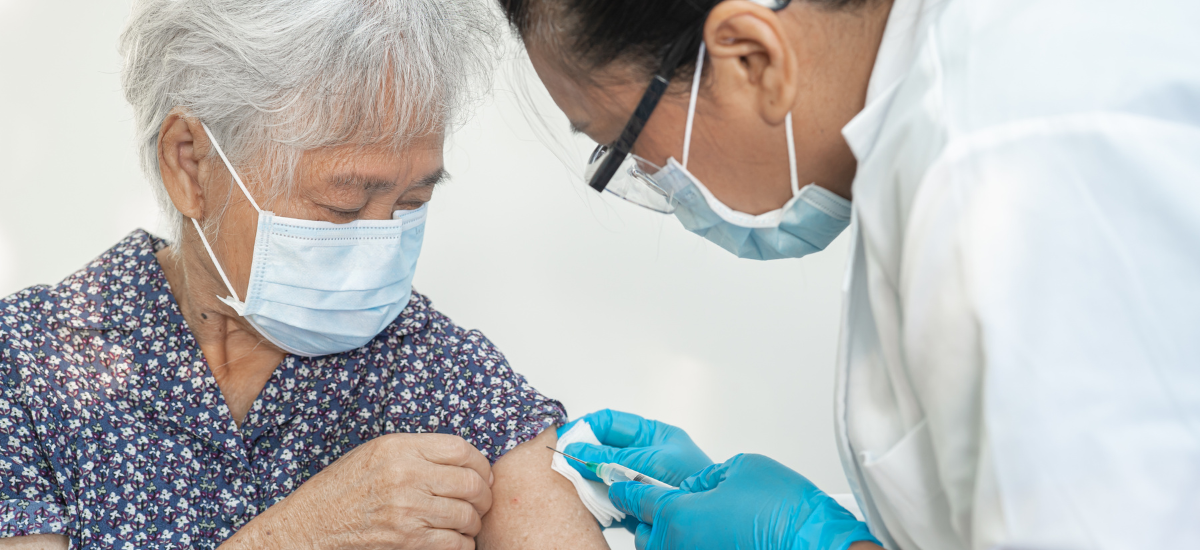
By the time Lewis Lanier’s first paper as corresponding author appeared in The Journal of Immunology, he had already contributed to eight other articles in the journal—four of them as first author. Since 1978, Dr. Lanier’s name has appeared on 127 articles in The JI. Now, he has also published the final paper of his five-decade career in The Journal of Immunology as a fitting capstone. “The JI is a remarkable journal which has published many of the first discoveries in immunology, and these seminal papers have longevity and importance,” says Lanier.
Lewis L. Lanier, Ph.D, DFAAI, is the son of two educators and grew up in Joiner, Arkansas, a rural town of about 500 people. He joined AAI in 1980, after earning his Ph.D. in microbiology and immunology at the University of North Carolina, Chapel Hill. Following research and director positions at Becton Dickinson and DNAX Research Institute, Lanier joined the faculty of the University of California, San Francisco in 1999. He has been at UCSF ever since, with his lab’s research focused on natural killer (NK) cells.
Eureka Moments
Dr. Lanier served as president of AAI from 2006 to 2007. In his presidential address, he discussed his “eureka moments” and showed photos of his lab book from the moments when he said to himself, “I’ve found something. I know this is going to make the textbooks.” One of those moments, in the early 1980s, was his lab’s discovery of the CD16 receptor, which marks NK cells and allows them to kill cells targeted by IgG antibodies.
“I published my first paper identifying functional subsets of human NK cells in The JI in 1983, reporting that human NK cells can be identified by expression of the CD16 Fc receptor (then known as Leu 11) and describing the most mature NK cells by their co-expression of CD57 (then known as Leu 7). This article has been cited more than 1,000 times. As I am now emeritus, I thought it would be fitting to publish my last senior-authored paper on NK cells in The JI as a tribute to the journal and bookend of my quest to understand NK cell biology.”
Lewis L. Lanier
At that time, cytotoxicity that was not restricted by the major histocompatibility complex was considered a function of a subset of T lymphocytes and not a unique lineage. Lanier had to convince the field that NK cells were in fact a distinct population in the immune system. He and his colleagues published an influential opinion piece in The JI which helped solidify this recognition.
The eureka moments kept coming through Dr. Lanier’s career. At UCSF, his team discovered the NKG2D receptor, which activates both T cells and NK cells. This became a significant step toward cancer immunotherapy using NK cells. His final paper continues that long line of research, providing “a new therapeutic strategy of NK cell engineering for cancer immunotherapy.” The first author of that paper is Alberto J. Millan, Lanier’s last postdoctoral fellow, who as a Ph.D. student also published his first article on NK cells in The JI in 2019.
Hope for the Future
We asked Dr. Lanier about what he hopes to see next in the field. He identified a major outstanding basic science question in NK cell biology: how can a unique subset of these cells acquire immunological memory and years long persistence? “From a therapeutic standpoint how can we augment the function of NK cells in cancer patients to engage and eliminate tumors, particularly tumors that have downregulated MHC class I to escape surveillance by cytotoxic T cells?”
In addition to his service on the AAI Council, Dr. Lanier has served as an Associate and Deputy editor of The JI, on the Nominating and Program Committees, and as a frequent lecturer at the AAI Introductory and Advanced Courses. He received the AAI Lifetime Achievement Award in 2023. AAI interviewed Lanier as part of the Oral History Project in 2013. Since that time, one of the advances he consideres most important is “our current ability to explore transcription and epigenetic changes in single immune cells, which has provided remarkable insights into the development and function of these cells.”




